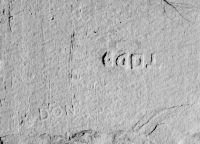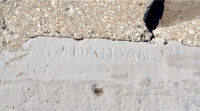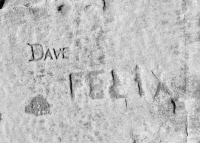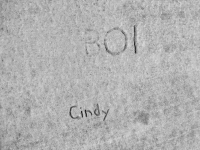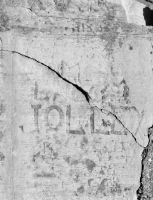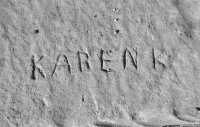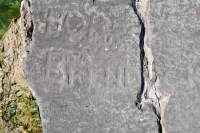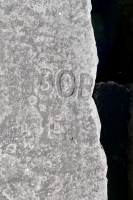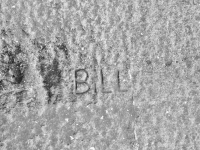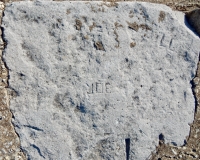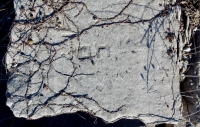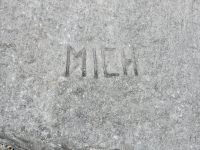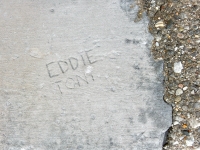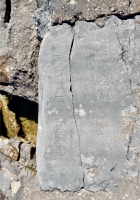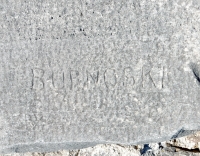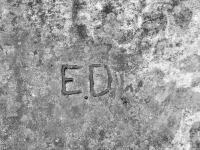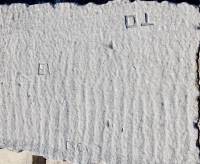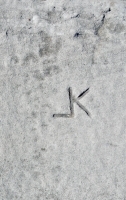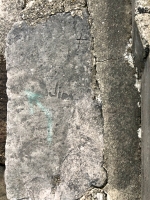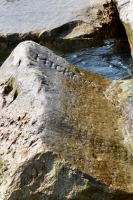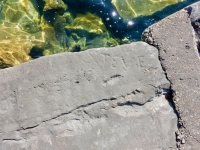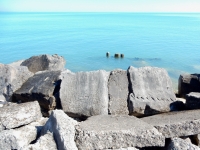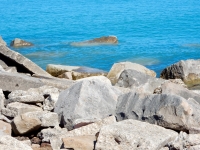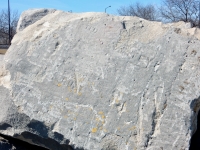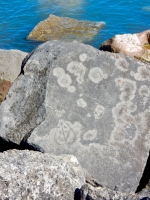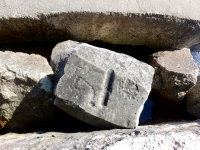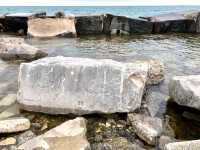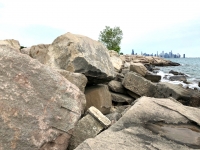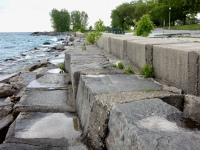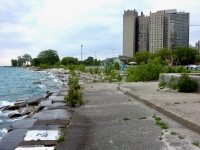The hundreds of stone carvings at Morgan Shoal, between 45th and 50th Street in Chicago’s Hyde Park neighborhood, are in imminent danger of being lost. This section of lakefront is in terrible condition, with the many of the old rocks topsy turvy and falling into the lake.
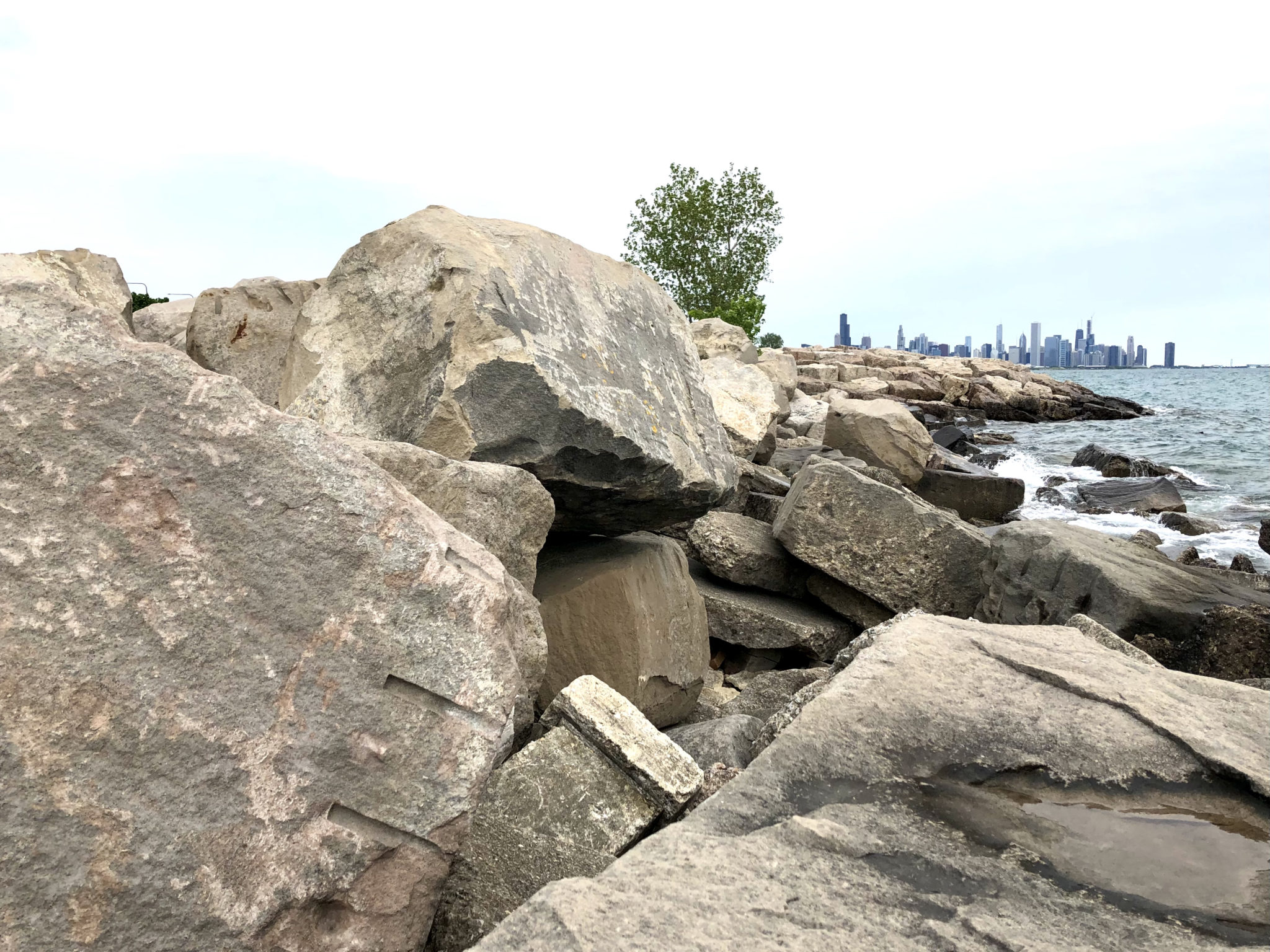
The city is following up emergency measures to reduce flooding with an initiative to fund its framework plan for complete reconstruction. The plan has appealing elements, including creation of additional parkland. However, it makes no reference to the carvings or their preservation, which is no surprise considering that public awareness of this artwork is minimal. (You can see a sample of these spectacular carvings in the gallery below.) From the dozens of names engraved in the rocks at the old beach house to the nearby images of faces, hands and skulls, the art represents a significant cultural resource. It is the irreplaceable legacy of its anonymous and almost certainly untrained creators.
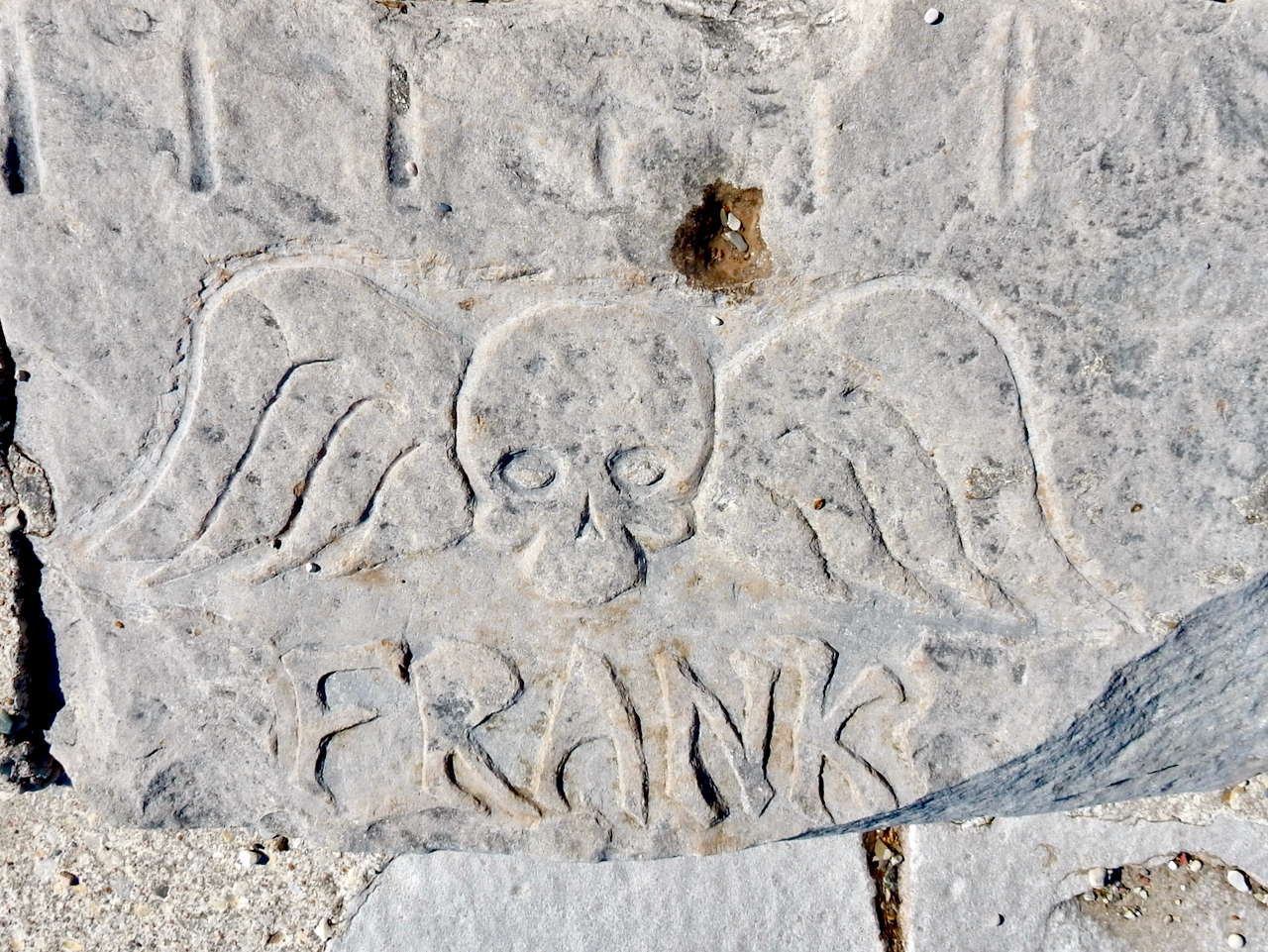
While some of it could be preserved in place, the overall condition of the rocks is so bad that a more likely preservation model would entail relocation, such as was done near Fullerton Avenue. A number of carvings there were saved and relocated to the nearby parkland adjacent to Theater on the Lake.
Saving the carvings requires them to be noticed, however, and right now there is no assurance that the folks running the Morgan Shoal project are aware of the artwork.
It’s worth noting a second issue with the prospective project: Other than a modest “pebble beach,” the framework plan calls for sloped stone revetments to be installed along most of the Morgan Shoal waterfront. In practice, “sloped stone revetment” means an impassible and unusable strip of rubble that lies between the park and the lake.
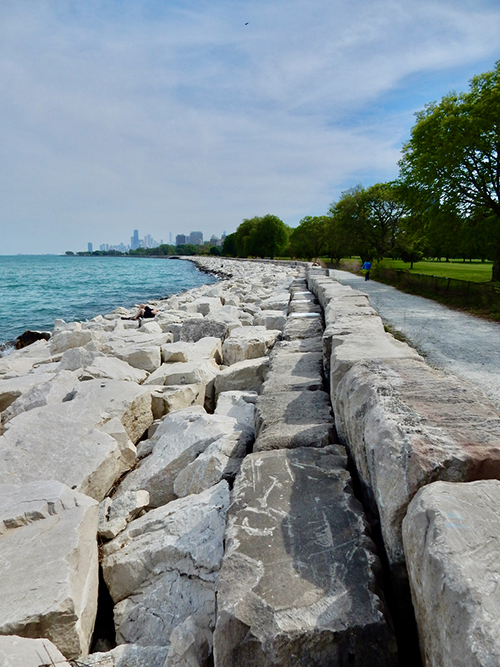
Such revetments are cost effective, but not appealing where public access to the water matters, as the stretch of shoreline running south of Montrose Harbor along the Marovitz (Waveland) Golf Course demonstrates. The image at right shows one intrepid soul lying on the rocks where one might normally expect dozens.
This was the last segment of the large-scale reconstruction of Chicago’s shoreline from just north of Promontory Point to Montrose Harbor to be completed. It also was the only one in Lincoln Park that used the sloped-stone strategy. The Army Corps of Engineers’ initial plans for the North Side reconstruction called for similar rubble-mound revetments all along the park, but the city insisted on maintaining accessibility from the park to the water. So except for that stretch along the golf course, sloping steel-and-concrete revetments were built instead. These new structures unfortunately replaced the old step-stone limestone revetments that hosted carvings — a major preservation defeat — but at least they provide direct access to the water from the adjacent parkland.
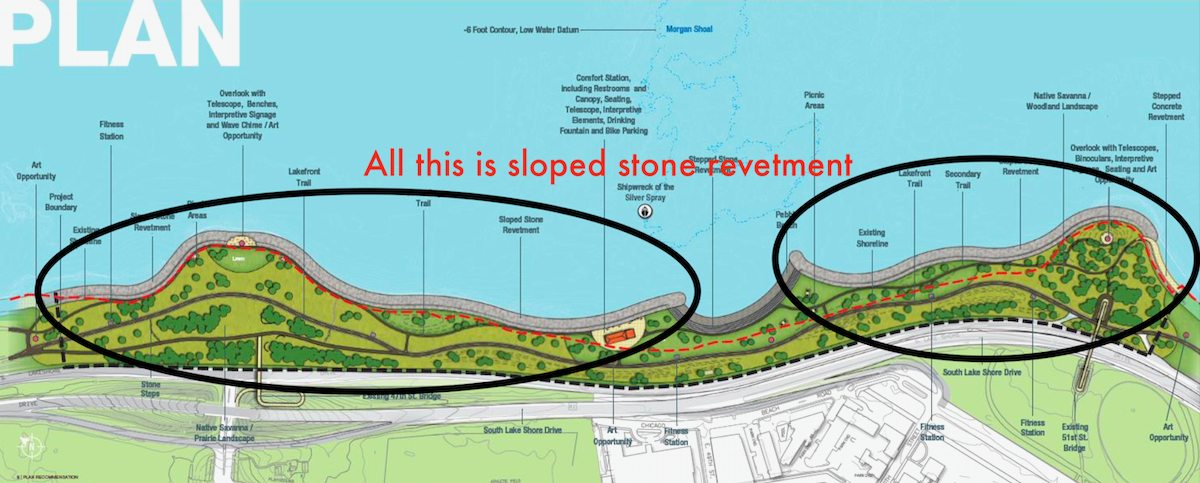
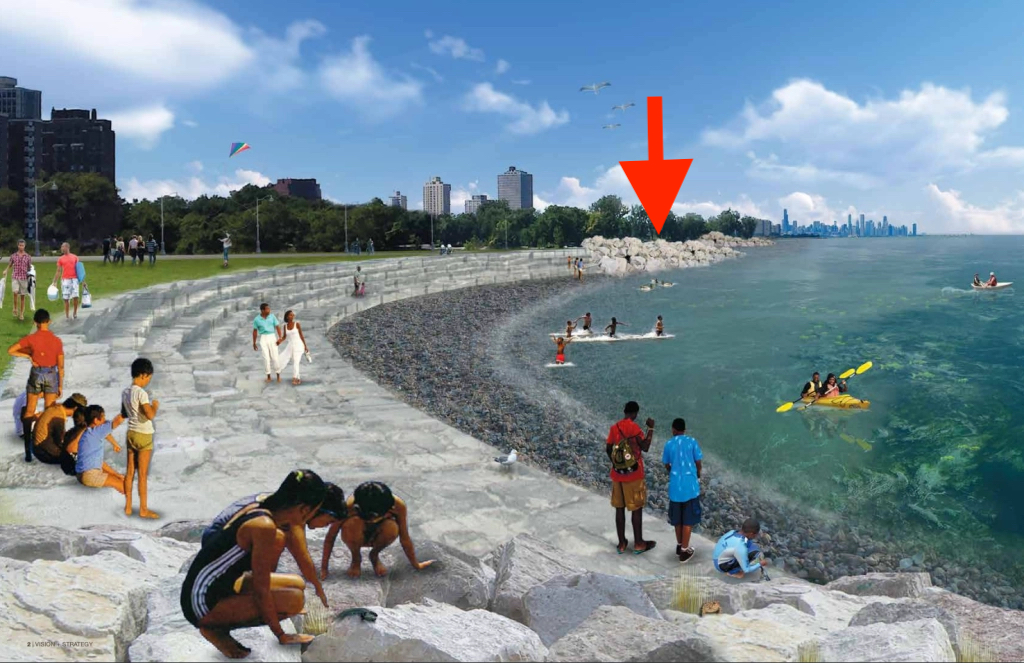
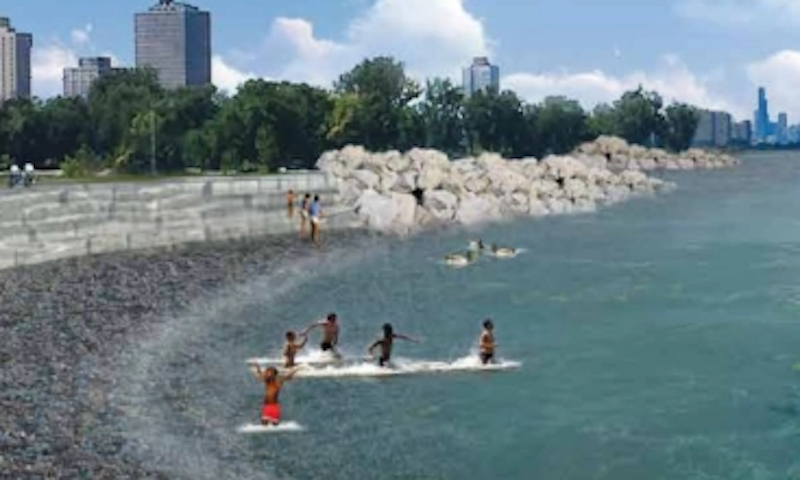
It is presumably for budgetary reasons that South Side park users aren’t being afforded the same level of lake access in the Morgan Shoal plan, but this issue deserves a closer look before planning reaches a point of no return. The new shoreline structures will last for generations. They should not separate the people from the water.
What is the ideal scenario for Morgan Shoal? Certainly that the lakefront there be rehabilitated, but with these two important provisos:
First, that preservation of the quarry stone blocks and the carvings on them be explicitly included in the plan. As many of the carvings as possible should be saved through reuse of the blocks, both in building a new step-stone structure, as shown in the Framework Plan, and for use elsewhere in the park as seating areas, decorative elements, freestanding works of art, etc.
Second, the sloped-stone revetments should be dropped from the plan and replaced with shoreline structures that assure accessibility to the water for the public, including people with disabilities. At a minimum, the same concrete-and-steel revetments built elsewhere in the last round of shoreline protection should be used here.
You can find interactive maps showing the most interesting of the Morgan Shoal carvings at this page.
There is much more information about the carvings, and more than 200 images, in my book Lakefront Anonymous: Chicago’s Unknown Art Gallery. Click to order a copy via eBay.
And for more information on the situation in Hyde Park, please visit the Promontory Point Conservancy.

